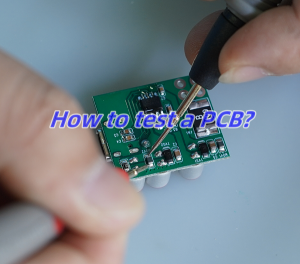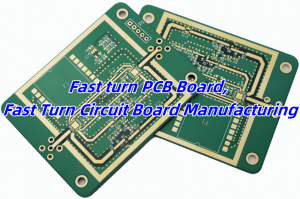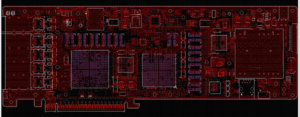Surface treatment also called surface finishing, it is a protective layer that through coating a layer of metal organic material on the surface of printing circuit boards (PCBs). Apply a layer of surface treatment enable to protect pads from scratches and oxidation, as well as improve the solderability of components mounting. ENIG and ENEPIG are the two common high-reliable surface finishing types in the circuit board manufacturing, they are not only for FR4-PCB, but also available in ceramic PCB, flex circuits and rigid-flex PCB. Today, Best Team would like to sharing information about ENIG and ENEPIG, and explore the differences between them.
How to Select the Right Surface Treatment for Your PCB?
With the rapid development of electronics, there are various of PCB types that can be used in electronic devices, and at the same time, there are also increasingly more surface treatment technics available for selection. Until now, the common surface treatments are OSP, HASL, Immersion Silver, Gold Plating, ENIG and ENEPIG. Each of these surface treatments has its own advantages and disadvantages, so it is necessary to choose the most suitable one for a particular application. The selection of surface finish needs to take into account factors such as cost, application environment, fine-pitch components, the use of leaded or lead-free solder, operating frequency, shelf life, drop and impact resistance, volume and throughput, as well as thermal resistance.
With PCBs trending towards micro-vias and finer traces, and the drawbacks of HASL and OSP, such as flatness and flux elimination issues, becoming more pronounced, the demand for surface treatments like ENIG continues to grow. In addition, black pad is a major weakness of ENIG while ENEPIG enable to solve it very well, making it a preferred choice for those PCBs need to wire bonding.
What is the ENIG Surface Treatment?
ENIG, its full name is Electroless Nickel Immersion Gold, is also known as chemical gold or immersion gold in the electronics industry. This type of surface treatment provides two metal layers—gold and nickel—that manufacturers deposit them on the surface of PCB pads sequentially. This surface finish is a selective surface finish, meaning that certain specific pads may have ENIG surface finish, while others may have different types, such as OSP, HASL, or immersion tin. Here are the main processes of the ENIG coating:
- Copper activation
In this step, manufacturers will active the copper layer through cleaning process, this way can help to remove the dust and oxides residual on the surface, but also remove any gases or air trapped in the perforations (holes) of the PCB by wetting the surface. Next, micro-etching the PCB surface using substances like hydrogen peroxide or sulfuric acid.
- Electroless nickel
This process is to coat a layer of nickel on the active copper layer by electroplating. The nickel layer serves as a protective layer or inhibitor, which prevent the copper reactive with other elements.
- Immersion gold
Immersion gold is the last step of whole ENIG process, immersing the PCB into a mixture, oxidizing the nickel surface, generating nickel ions, and then reducing gold from the mixture. The reduced gold forms a metallic coating to protect the nickel surface. This is the whole process of coating ENIG surface treatment.
Advantages of ENIG
- Surface flatness – good for fine-pitch and small size components like BGA.
- Suitable for press-fit components since it provides a reliable connection for electrical testing.
- Suitable for wire bonding and gold-fingers connectors.
- Cost-effective compared with ENEPIG
Disadvantages of ENIG
- Black pad issues.
- Varied coating thickness because of the uncontrolled nickel plated and immersion gold.
- Poor wettability during PCB assembly.
All in all, ENIG is a good option if you want to mount fine-pitch components on the PCB surface or if you are considering its use in plug-and-pull devices such as WIFI interfaces. In our next blog, we will introduce ENEPIG surface treatment, including its pros & cons and the differences between ENIG and ENEPIG. Pay attention to our news or contact us directly if you want to know more.
Tags: ENEPIG, ENIG, surface finishing








